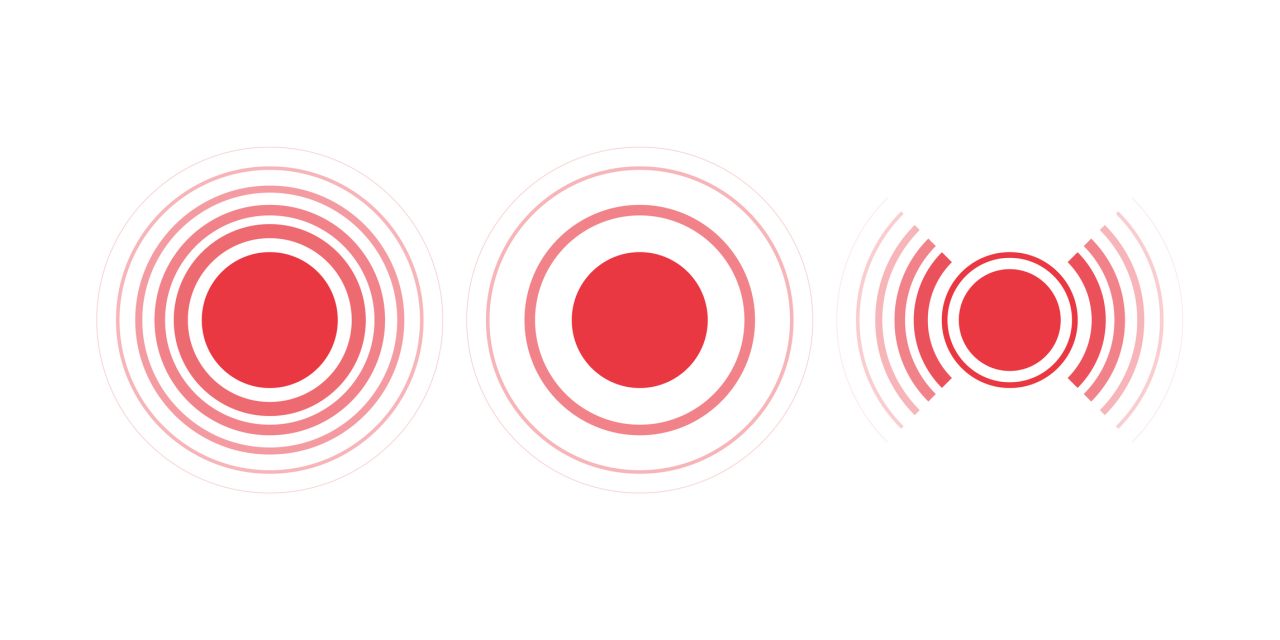Cricothyrotomy is a rare, time sensitive procedure that is more challenging to perform when anatomical landmarks are not easily palpated before the initial incision. There is a paucity of literature describing the optimal technique for cricothyrotomy in patients with impalpable airway structures, such as in morbid obesity. In this study, we used a live sheep model of morbid obesity to compare the effectiveness of two common cricothyrotomy techniques.
We randomly assigned emergency medicine residents to perform one of two cricothyrotomy techniques on a live anesthetized sheep. To simulate the anterior soft tissue neck thickness of an adult with morbid obesity we injected 120 mL of a mixture of autologous blood and saline into the anterior neck of the sheep. The traditional technique (as described in the New England Journal Video titled “Cricothyroidotomy”) used a Shiley tracheostomy tube and no bougie, and the bougie-guided technique used a bougie and a standard endotracheal tube. The primary outcome was the total procedure time; the secondary outcome was first attempt success.
23 residents were included, 11 assigned to the bougie-guided technique and 12 to the traditional technique. After injection of blood and saline, the median depth from skin to cricothyroid membrane was 3.0 cm (IQR 2.5-3.4 cm). The median time for the bougie technique was 118 s (IQR 77-200 s) compared to 183 s (IQR 134-270 s) for the traditional technique (median difference 62 s, 95% CI 10-144 s). Success on the first attempt occurred in 7/11 (64%) in the bougie group and 6/12 (50%) in the traditional technique group.
In this study, which simulated morbid obesity on a living animal model complete with active hemorrhage and time pressure caused by extubation before the procedure, the bougie-guided technique was faster than the traditional technique using a tracheostomy tube without a bougie.
Copyright © 2021 Elsevier Inc. All rights reserved.
Emergency cricothyrotomy in morbid obesity: comparing the bougie-guided and traditional techniques in a live animal model.


